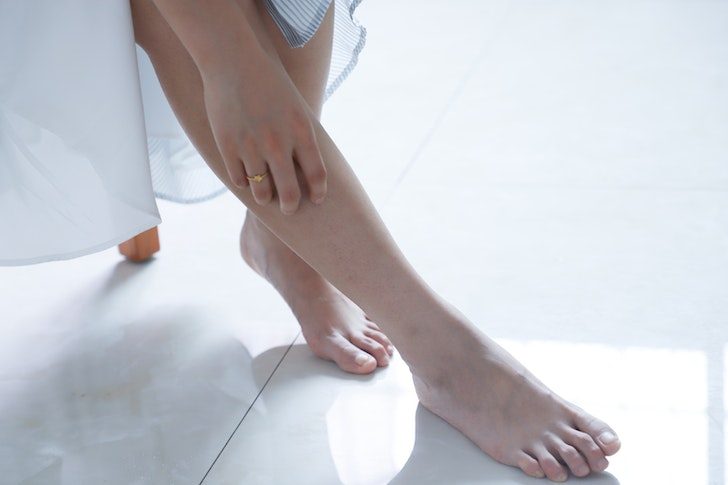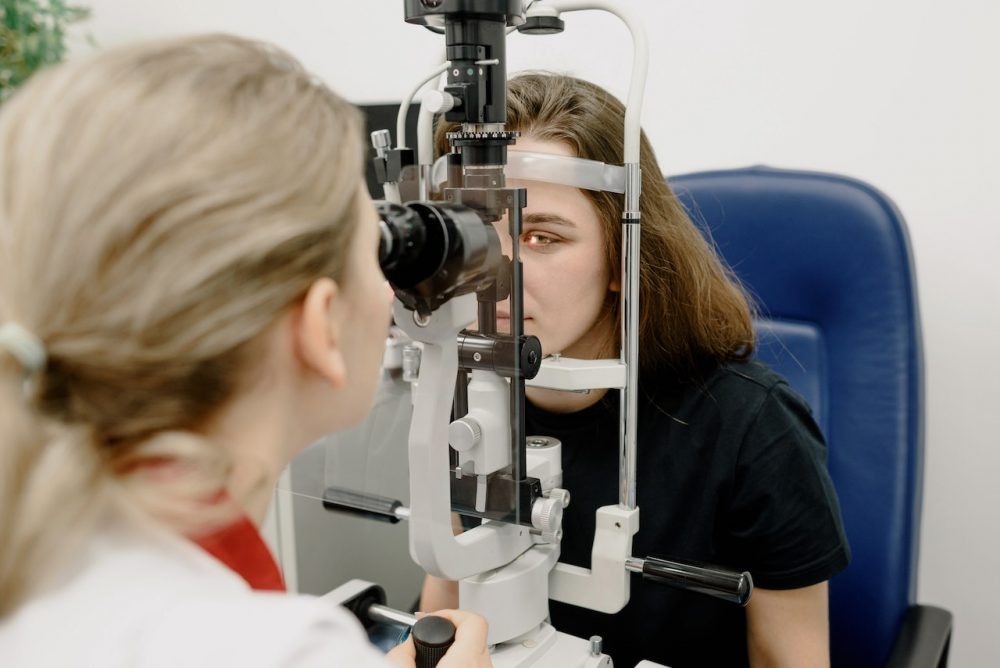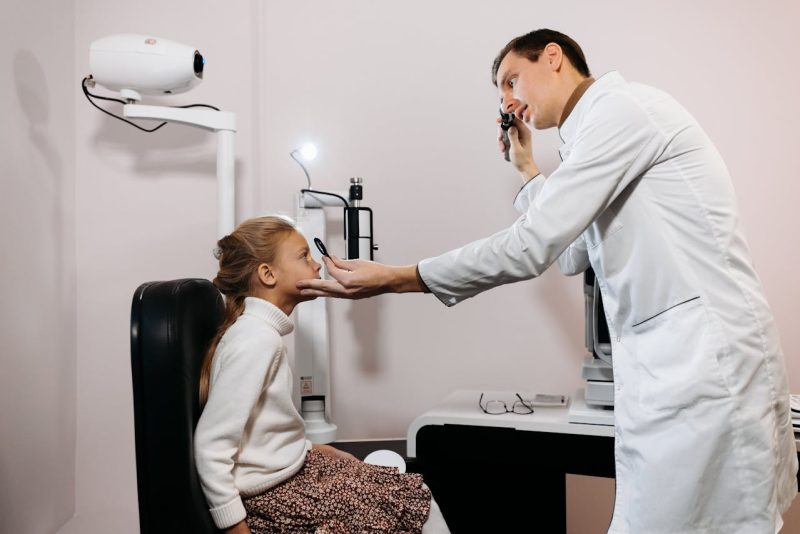Skin cancer is one of the most common types of cancer, and it’s important to be aware of the signs in order to catch any concerning lesions as early as possible. Self-examination can help you detect any changes in your skin that might be a warning sign of skin cancer.
By familiarizing yourself with the signs and symptoms, you can take steps towards protecting your health by seeking medical attention for anything that looks suspicious.

cottonbro studio/Pexels | regular physical exams are recommended by health providers especially if your family has a history of skin cancer
Checking Wet Skin
The best time for self-examining for signs of skin cancer is immediately after a bath or shower when the skin is still wet. When examining your body, you should use a mirror to make sure all parts are visible, including hard-to-see areas such as the scalp, between fingers and toes, on palms, soles, and under nails.
Make sure to check between folds of skin or other areas where skin touches itself such as the armpits or groin area. It’s also important to examine your body frequently in order to detect any changes before they potentially become dangerous.

Polina Tankilevitch/Pexels | the ultimate time to check for signs of skin cancer is right after getting out of a shower of bath when your skin is still wet
Checking for Any Changes on Your Body
You should look out for any spots on your body that have changed in size, shape or color over time or seem different than other spots on your body. Common warning signs include moles that are larger than a pencil eraser; moles with an unusual border (notched edges); moles with multiple colors (such as blue, black, red or white); sores that do not heal; raised areas with rough texture; bumpy growths that are tender or itchy; and lesions resembling warts.
If you spot a lesion like this on your body it does not mean you have cancer – but it’s best to contact your doctor so they can perform further tests.
Regular Physical Exams
It is recommended that regular physical exams by a healthcare provider are scheduled every few years – especially if you have a family history of skin cancers or if you have been exposed to UV light from tanning beds or sunburns in the past. During these checkups, providers will often pay special attention to moles on your body since they can become malignant over time without proper monitoring.

Cats Coming/Pexels | check your skin regularly to see if any birthmarks or shapes or colors have changed
Your doctor may also recommend having yearly mole checks in addition to physical exams which involve using digital imaging technology such as dermoscopy or mole mapping, which allow them to closely look at each mole without having to remove them from the surface of the skin.
Conclusion
Overall, self-examining is just one step towards protecting yourself from skin cancer – but by keeping an eye out for any suspicious changes on your body, you can catch any potential issues early and seek appropriate medical attention if needed!















